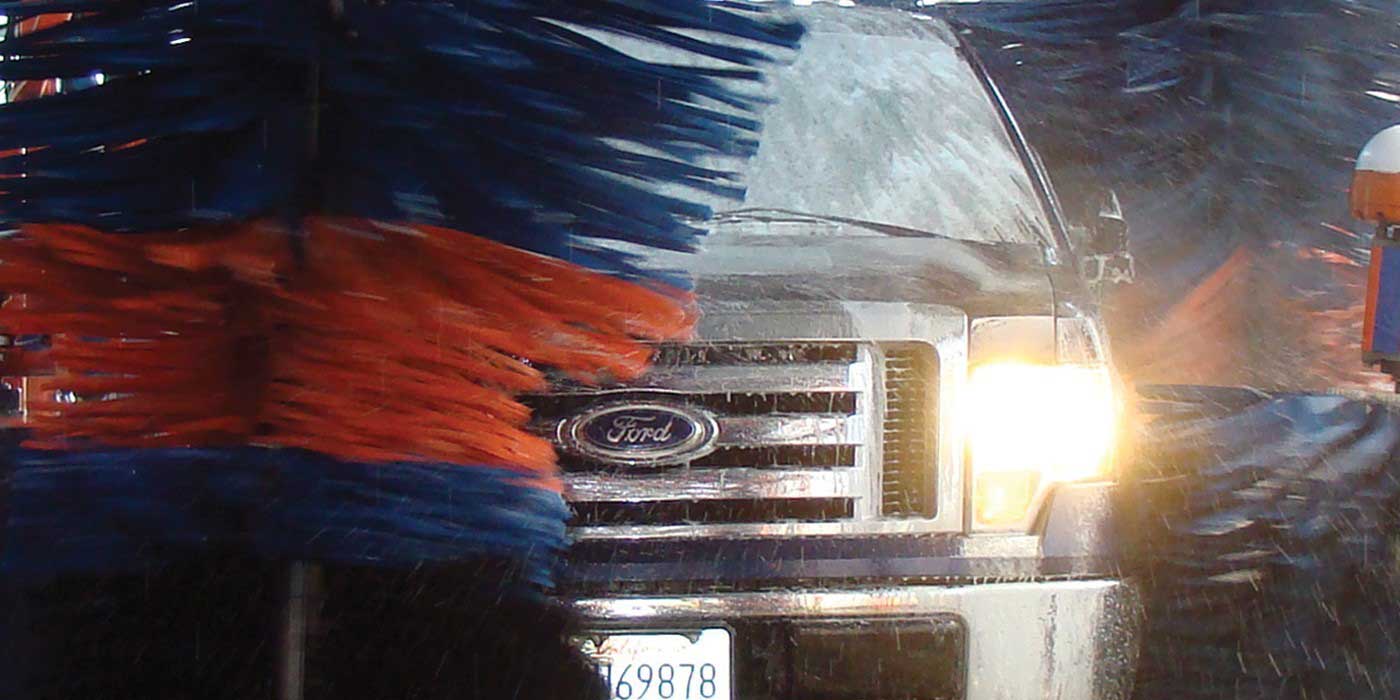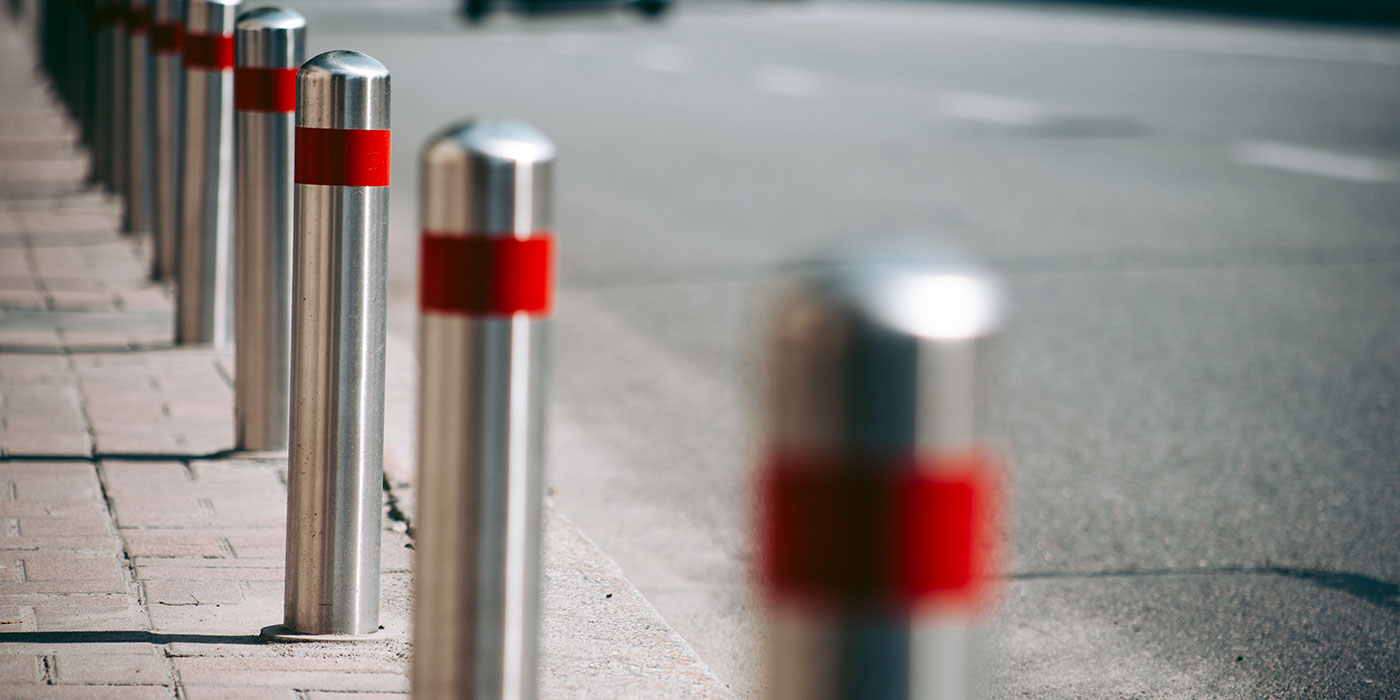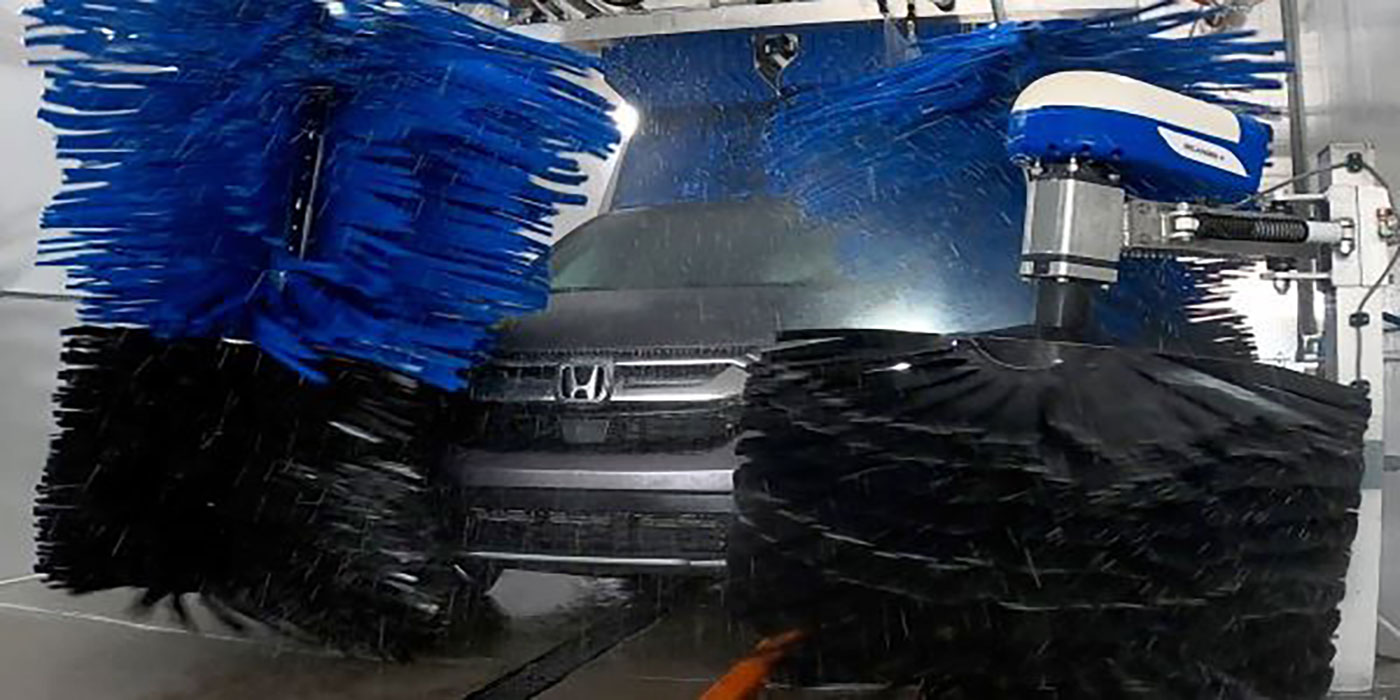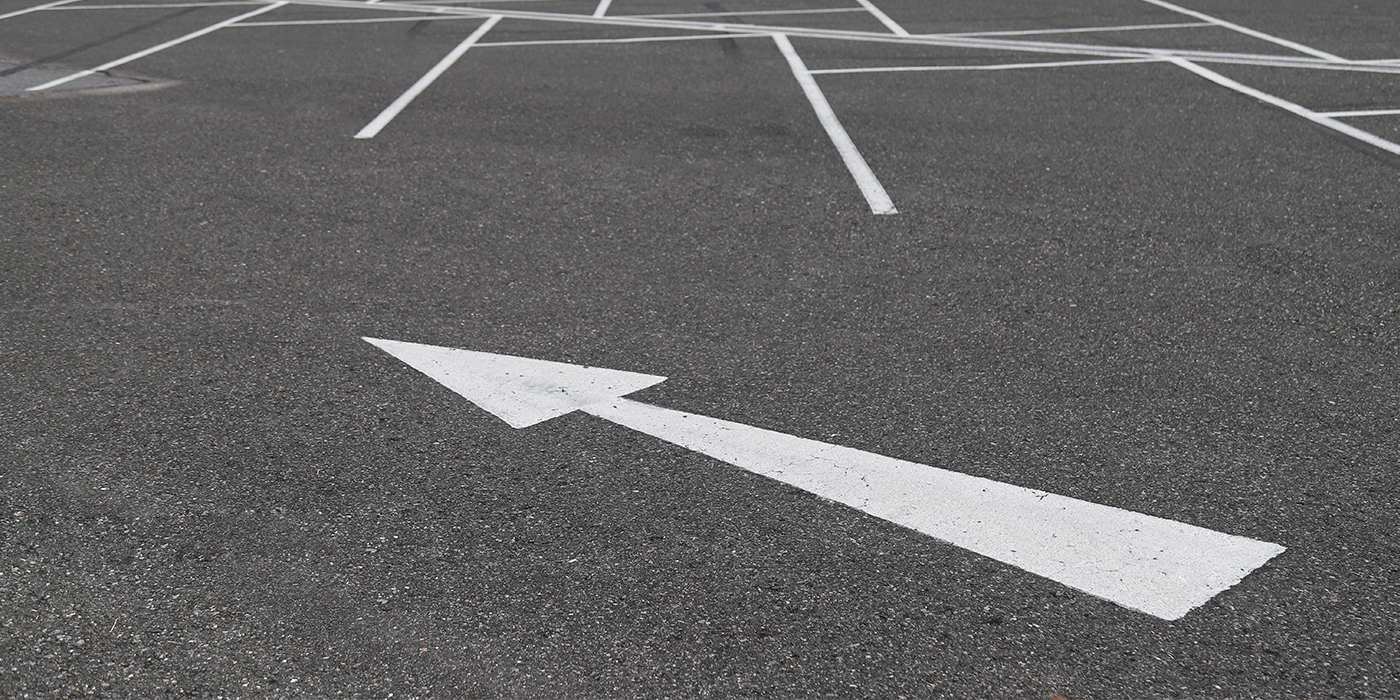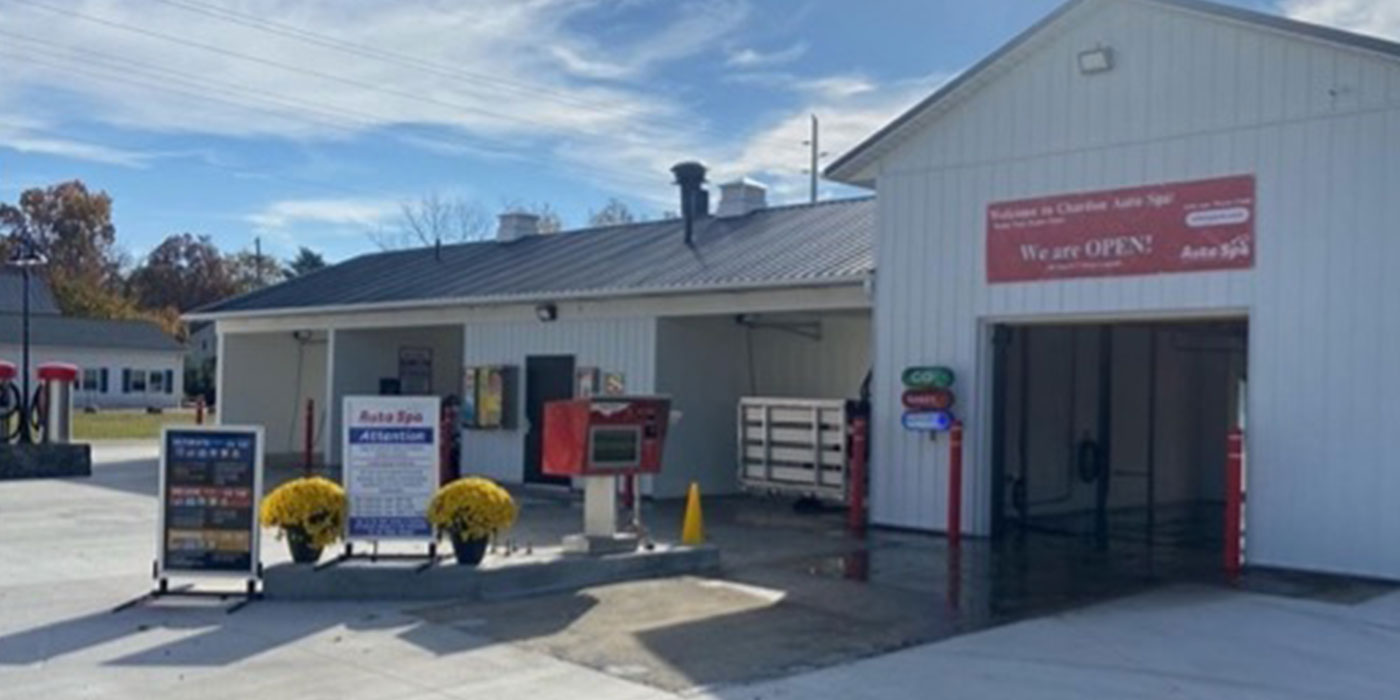Tree or pine sap does more harm than the unsightly look it gives a car. The dried sap can hamper driving visibility on the windshield. Hardened tree sap can also damage the paintwork as it is incredibly challenging to remove. That is why I always advise that pine sap be removed immediately to prevent drying. Unfortunately, wet pine sap is extra tough to detect on cars.
As such, there may be circumstances where pine tree sap may dry up without you having any opportunity to deal with it timeously. This guide will explain how to remove dried pine sap from a car without damaging the paint. Critical steps in this tutorial include carwashing, gently soaking and disintegrating the pine sap, rewashing and waxing your vehicle.
What you need
Many “experts” are keen to recommend nail polish, mineral spirits or tar remover for pine sap removal. Sadly, all these items are very limited in what they can do and are often likely to damage your car paint in the process. For example, nail polish and lighter fluid cannot remove dried pine sap without damaging the paint. Mineral spirit is also ineffect with dried pine sap.
Therefore, the tools needed to remove dried pine sap from your car are listed below. You can use any available options to carry out the pine sap removal procedure. I shall explain further along.
- Rubbing Alcohol: One of the essential materials needed to remove dried pine sap is isopropyl alcohol, commonly known as rubbing alcohol.
- Materials for carwashing and waxing: Part of the cleaning process will involve a carwashing and waxing procedure. Keep all your car cleaning gear handy.
- Hand sanitizer: This fluid can serve as an alcohol substitute since alcohol is its primary substance.
- Cotton balls: You will need cotton balls to apply the cleaner and scrub the tree sap. They will come in handy if you use hand sanitizer to remove the alcohol from the car.
- Microfiber cloths: Always use microfiber cloths to scrub the pine sap and remove residue during the cleaning process. They are also necessary for the cleaning of windows and the windshield.
- Box cutter blade: Hopefully it doesn’t come to this, but box cutter blades are needed to cut through the hardest pine sap.
- Non-abrasive scrub brush: A soft-bristled or non-abrasive brush makes an excellent combo with commercial cleaners. These brushes gently agitate the sap to ease removal.
- Commercial tree sap remover: Commercial tree sap removers are specially made to remove pine saps.
- WD40: This multipurpose product is an excellent remover of pine sap.
- Cling wrap: Cling wrap is necessary to cover affected areas sprayed with WD40. This allows the cleaning agent to work.
Guide for removal
Step 1: Wash the Car
The primary stage of your pine sap removal procedure is washing the car. By doing so, you will be able to spot exactly where the sap is and inspect it by washing off the dirt and debris. You can also get rid of the sap through this process. Note that dried pine sap is unlikely to be entirely removed through washing. However, you will be getting rid of particles that might interfere with the removal process by cleaning the car.
Step 2: Soaking the tree sap
Once you have located the sap on your car paint, the next step is to soak the tree sap. To do this, you will need to choose your cleaning agent. As listed above, there are many options for soaking, including rubbing alcohol, hand sanitizer, WD40 and commercial cleaner. The soaking procedure for each of these materials is distinct.
- With rubbing alcohol
- To soak a tree sap with rubbing alcohol, first, apply a few drops of your preferred solution on a microfiber cloth. Next, place the fabric on the pine sap residue and leave the material in that position for no less than 30 seconds. Then gently rub the surface with the alcohol agitating the sap until it dissipates.
- There are a few things to note when using rubbing alcohol to soak tree sap:
- You may have to repeat the soaking and scrubbing process multiple times until the dried pine sap disintegrates.
- Applying too much alcohol to the microfiber cloth will damage the paintwork. It is advisable to add more elbow grease than alcohol to the microfiber cloth to reduce the harm to paint.
- Leftover sap after agitation can be removed with your fingernail or, preferably, with a multipurpose brush.
- With hand sanitizer
- Hand sanitizer is an excellent alternative to rubbing alcohol to soak and remove tree sap. Soak a cotton ball with hand sanitizer and leave the cotton ball on the sap for at least 30 seconds. Repeat the soaking and scrubbing process until the pine sap disintegrates.
- With WD40
- Shake the can of WD40 and spray on the affected parts of your car paint. Then cover the affected spots of your car with cling wrap to allow the substance to work its way into the sap. Wipe away the sap residue and the WD40 after the sap dissipates.
- With commercial cleaners
- Follow the product’s instructions if you choose to use commercial cleaners for tree saps to remove the pine sap on your car paint. In default of precise instructions, apply the commercial cleaner on a cloth and place it on the affected area for 30 seconds before gently scrubbing the sap.
Step 3: Treating extremely stubborn sap
I highly recommend hot water treatment for extra hardened pine sap that wouldn’t go away. This softens up the sap making it easy to remove. Dampen a microfiber cloth with hot water and alcohol. Use the material to scrub the affected areas.
Step 4: Using nail polish
Much has been said about using nail polish to get rid of pine sap. Although nail polish is a great wet pine sap remover, it does more harm than good to dried pine sap. When pine sap is still wet, it is sticky. In such a circumstance, the ideal solution is a nail polish remover with a bit of elbow grease. Apply them on a cotton ball and rub the affected areas in a circular motion. After removing the pine sap, use a baking soda and water paste to clean the areas where you used nail polish mix. To create this paste, mix a cup of baking soda with three cups of hot water.
Step 5: Washing and waxing
After removing the pine sap, it is time to rewash and wax your car. This removes any residues and applies a new layer of protection to your vehicle.
Conclusion
There you have it, a detailed guide on removing dried pine sap from a car without damaging the paint. This tutorial should help you get rid of the most stubborn sap with relative ease. Most importantly, you will protect your paint from damage, leaving your car looking as good as new.
Donald Casey is the Editor-in-Chief of dccarcare.com. He has 24 years of experience in car care and car detailing. He can start with something that’s neglected and will not stop until it’s perfect. Currently, he focuses his time on sharing his knowledge & expertise. Visit his blog to get new content.



